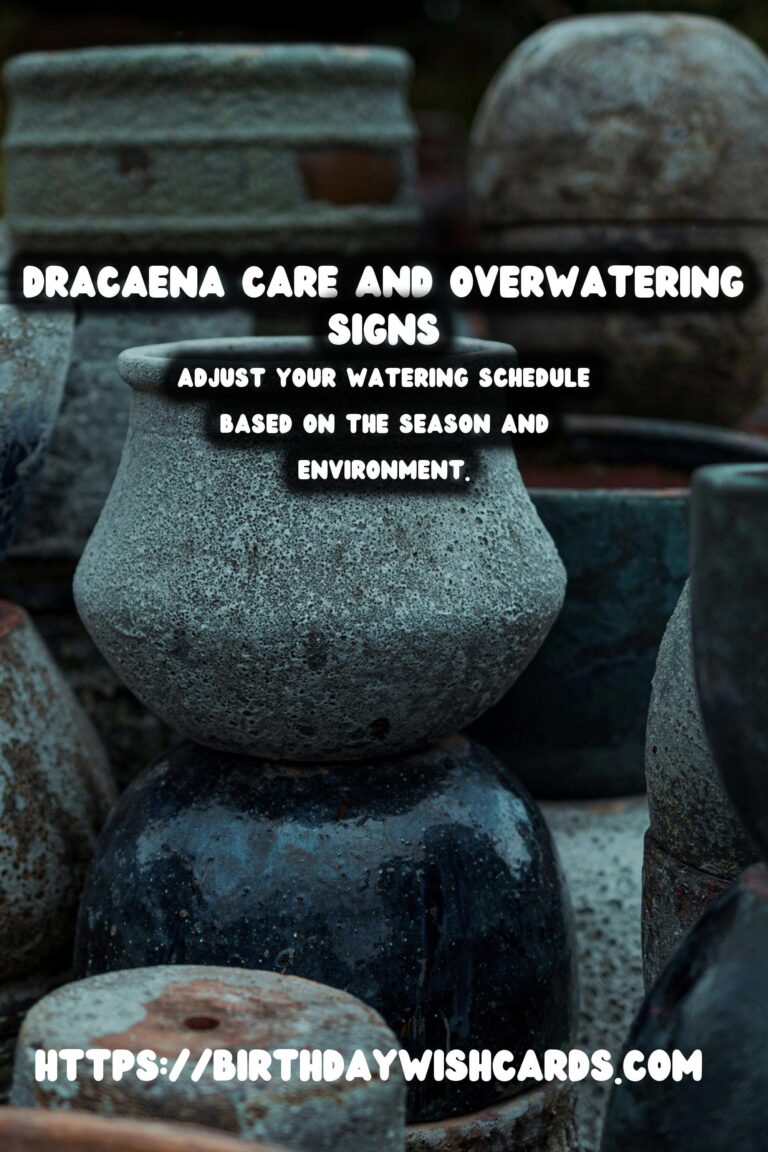
Dracaena plants are a popular choice for both home and office environments due to their appealing aesthetics and low maintenance requirements. However, one of the most common issues that affect these hardy plants is overwatering. Understanding the symptoms of overwatering can help you keep your Dracaena healthy and thriving.
What is Overwatering?
Overwatering occurs when a plant receives more water than it can absorb, leading to waterlogged soil. This condition can suffocate the roots and prevent them from accessing necessary oxygen, ultimately causing root rot and other health issues for the plant.
Identifying Overwatering Symptoms in Dracaena
Recognizing the signs of overwatering early can save your Dracaena from serious damage. Here are some common symptoms:
Yellowing Leaves
One of the first signs of overwatering in Dracaena plants is the yellowing of leaves. When the roots are unable to breathe due to excessive moisture, the plant struggles to sustain its foliage, leading to discolored leaves.
Soft, Mushy Stems
Overwatered Dracaena may exhibit soft and mushy stems. The excess water in the soil can cause the stems to become saturated and weak, compromising the plant’s structural integrity.
Root Rot
Root rot is a serious consequence of overwatering. This condition occurs when the roots decay due to fungal infections stemming from excessive moisture. Root rot can be identified by black or brown roots that are slimy to the touch.
Wilting Despite Wet Soil
It may seem counterintuitive, but a Dracaena that is wilting even when the soil is wet is likely suffering from overwatering. This happens when the roots are too damaged to absorb water efficiently.
How to Prevent Overwatering
Preventing overwatering is key to maintaining a healthy Dracaena. Here are some tips to help you avoid this common pitfall:
Check Soil Moisture
Always check the moisture level of the soil before watering your Dracaena. The top inch of the soil should be dry before adding more water. You can use your finger or a moisture meter to gauge the soil’s condition.
Ensure Proper Drainage
Proper drainage is crucial for preventing water from accumulating around the roots. Ensure that your pot has drainage holes and consider using a well-draining potting mix.
Adjust Watering Schedule
Adjust your watering schedule based on the season and the environment. Dracaenas typically require less water during the cooler months when growth slows down.
Reviving an Overwatered Dracaena
If your Dracaena shows signs of overwatering, take immediate action to revive it:
Remove Affected Leaves and Stems
Trim away any yellowing leaves or mushy stems to prevent further decay. This also helps the plant focus its energy on new growth.
Repot with Fresh Soil
Consider repotting the plant in fresh, dry soil to give the roots a chance to recover. Ensure the new pot has adequate drainage and use a potting mix designed for houseplants.
Allow the Plant to Dry Out
Let the soil dry out before resuming a more cautious watering routine. Monitor your plant closely for signs of recovery.
Conclusion
By understanding and identifying the symptoms of overwatering, you can help your Dracaena thrive. Remember to adjust your care routine based on the plant’s needs and environmental conditions. With the right balance, your Dracaena will remain a vibrant and healthy addition to your space.
Dracaena plants are popular for their appealing aesthetics and low maintenance. Overwatering occurs when a plant receives more water than it can absorb. Yellowing leaves are an early sign of overwatering in Dracaena plants. Root rot is a serious consequence of overwatering. Proper drainage is crucial for preventing water accumulation around the roots. Adjust your watering schedule based on the season and environment. Trim away any yellowing leaves or mushy stems to prevent further decay. 
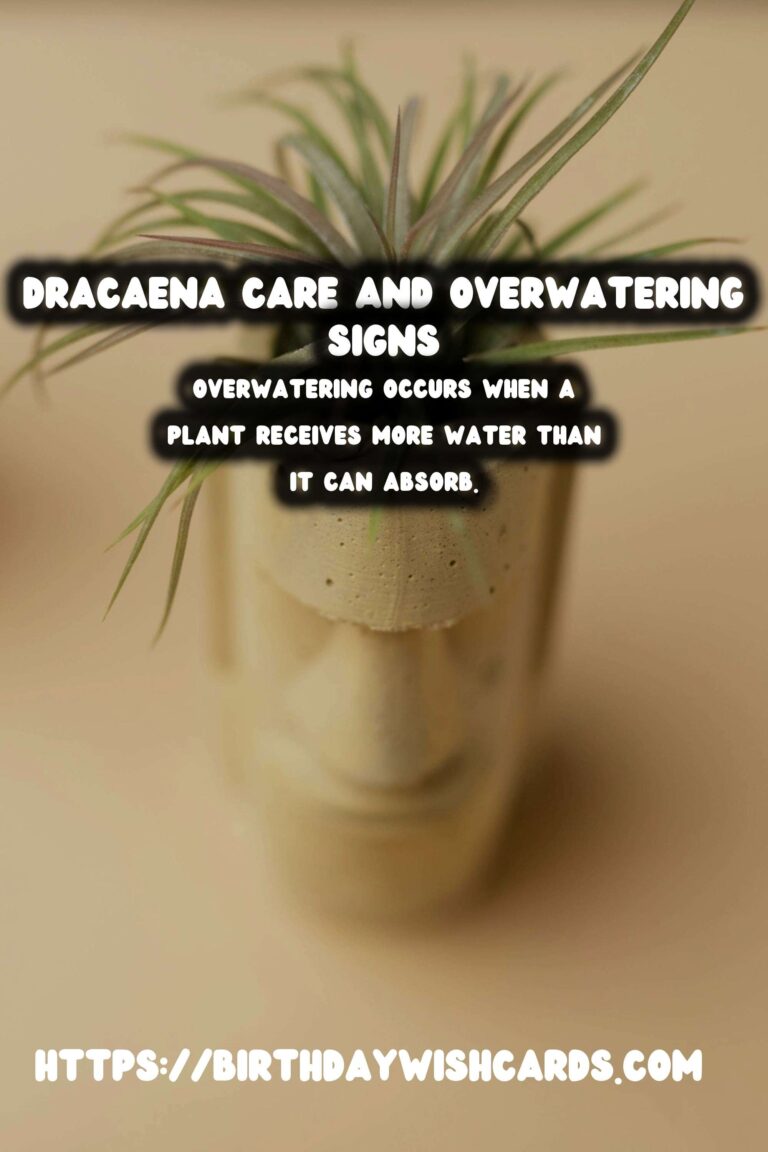
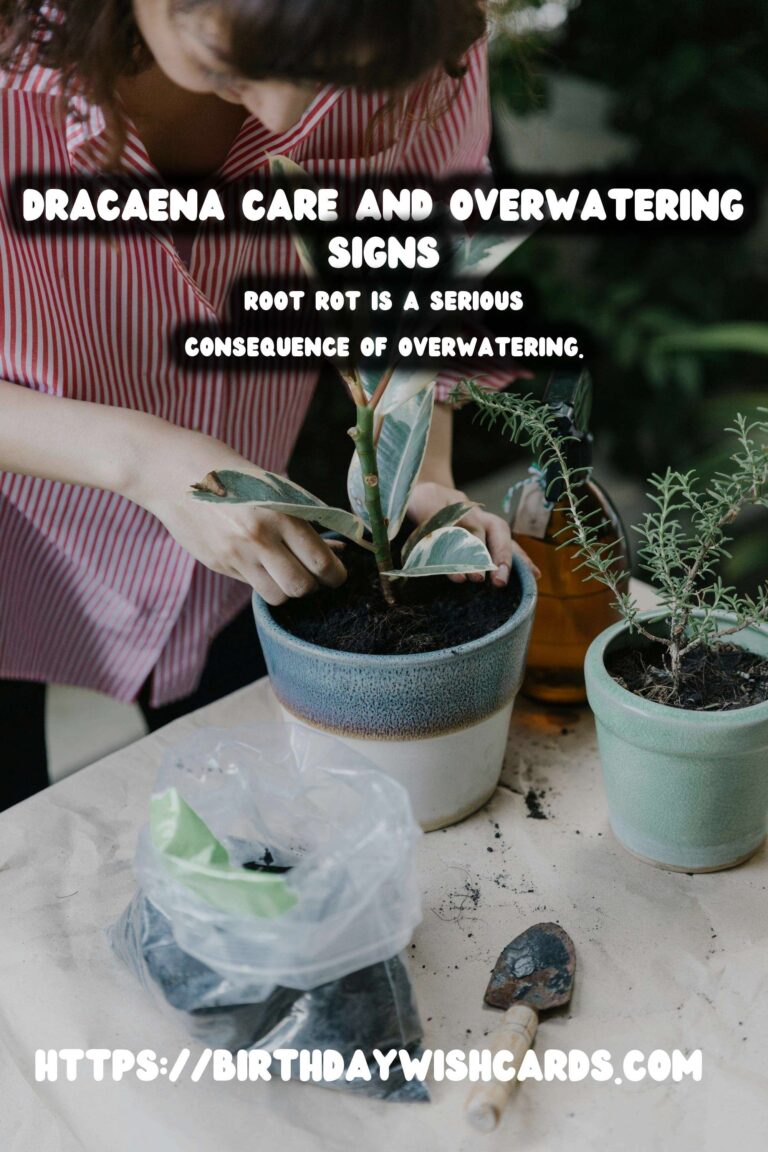

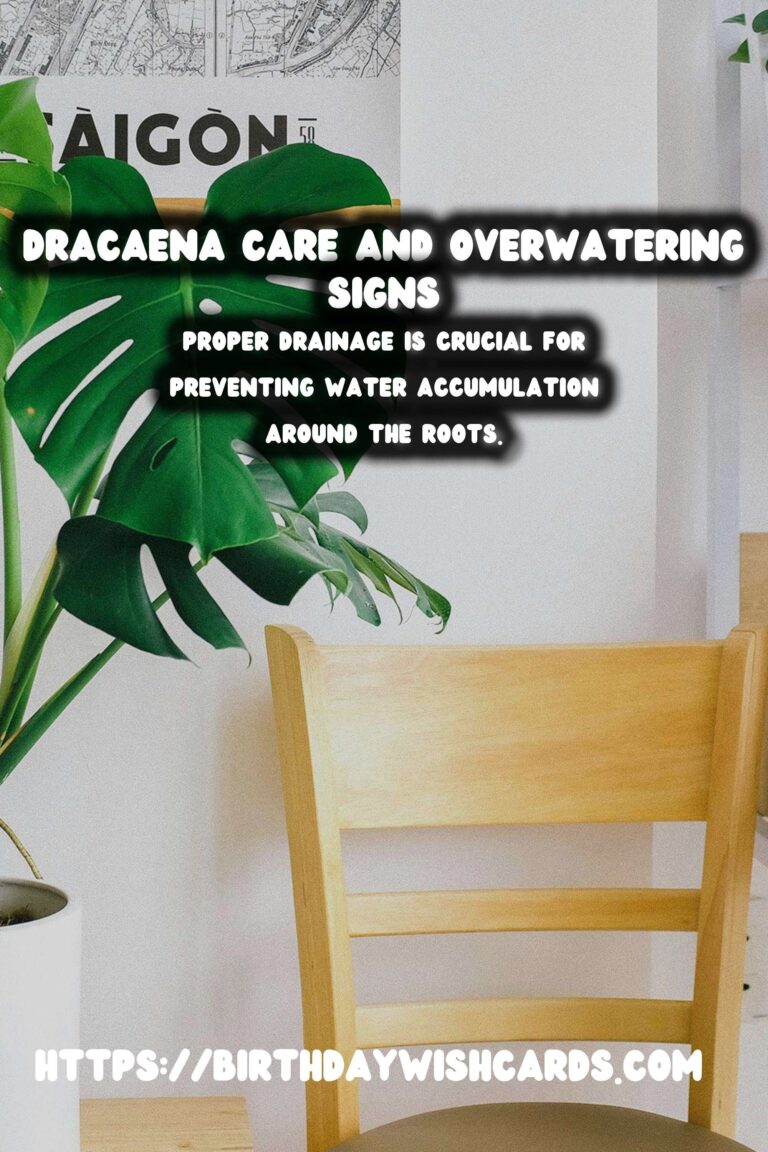
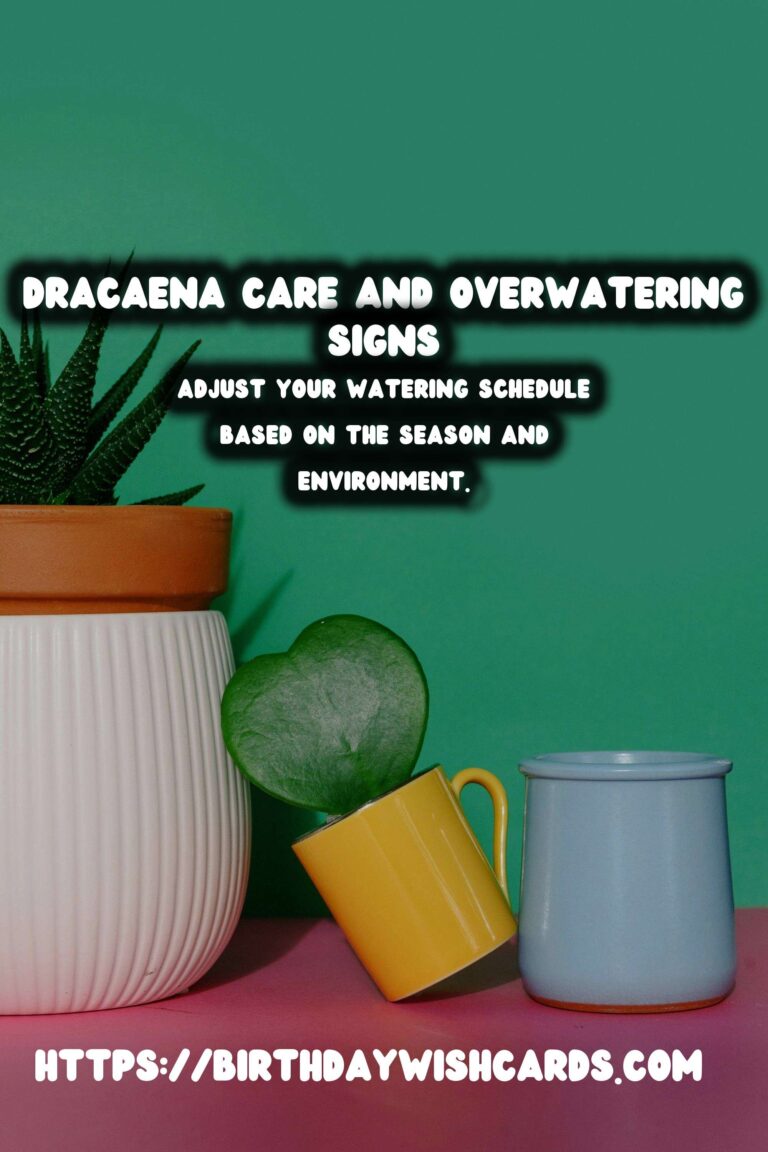


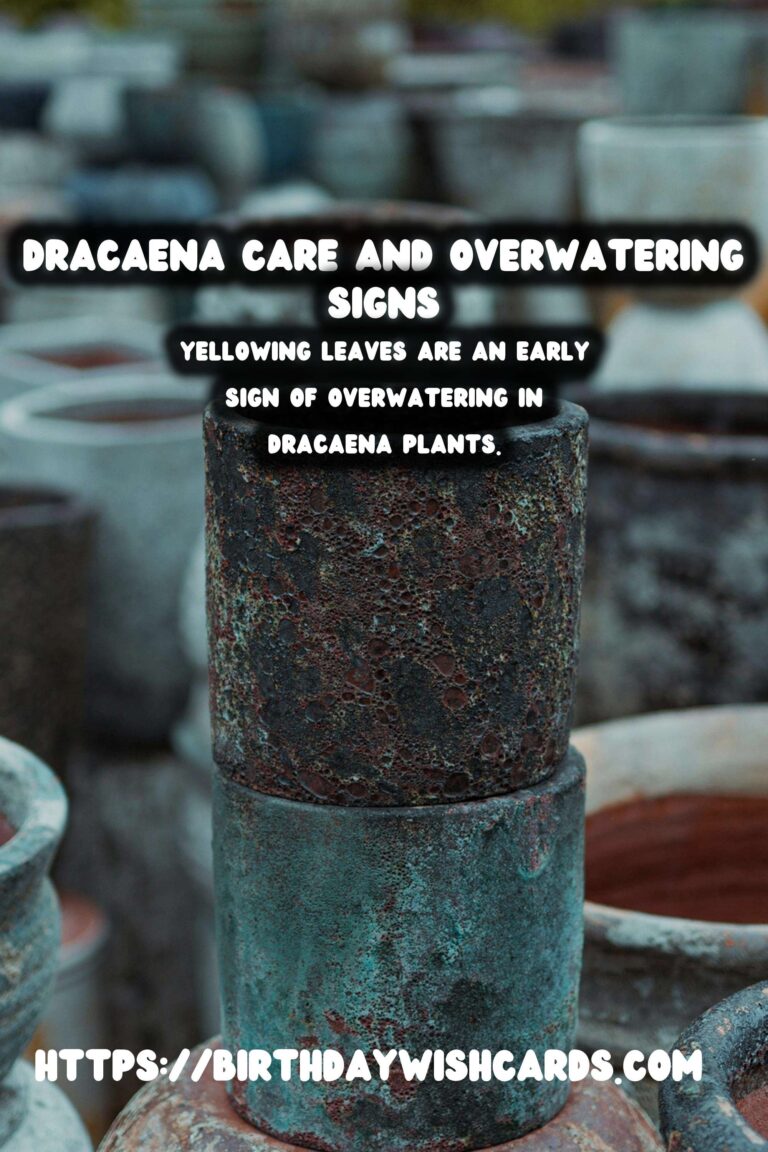
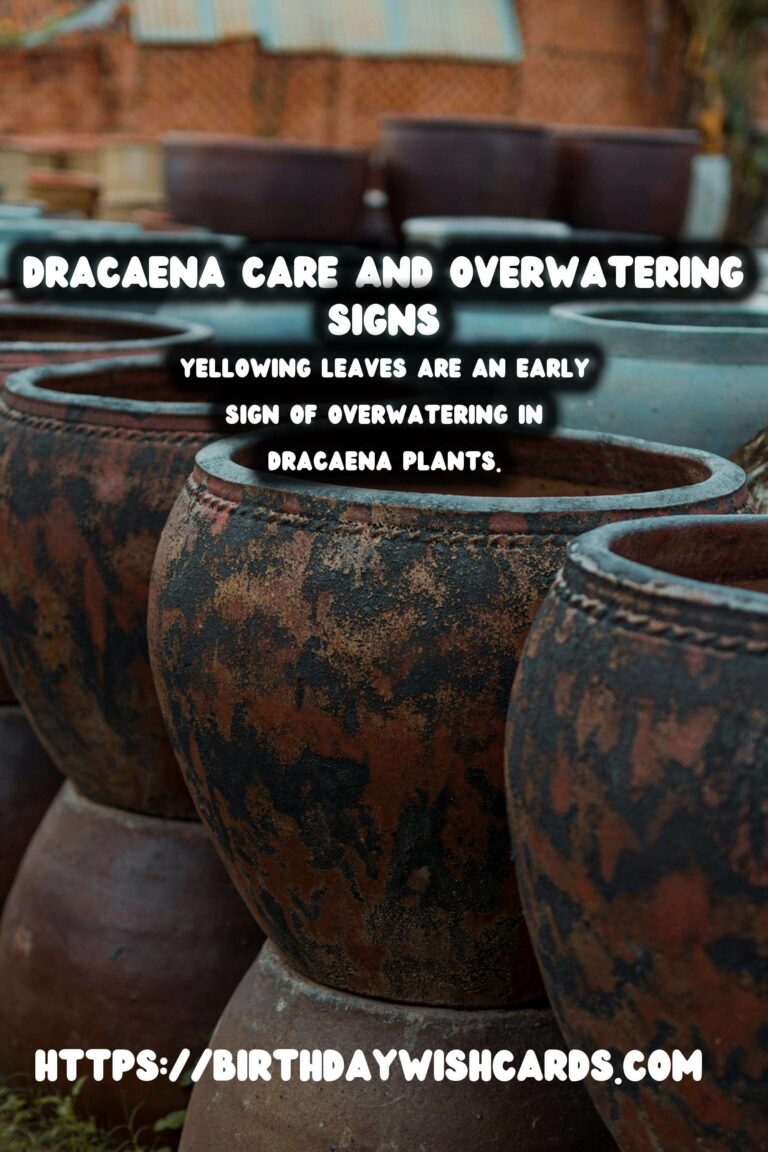
#DracaenaCare #PlantCare #HousePlants #GardeningTips #Overwatering




